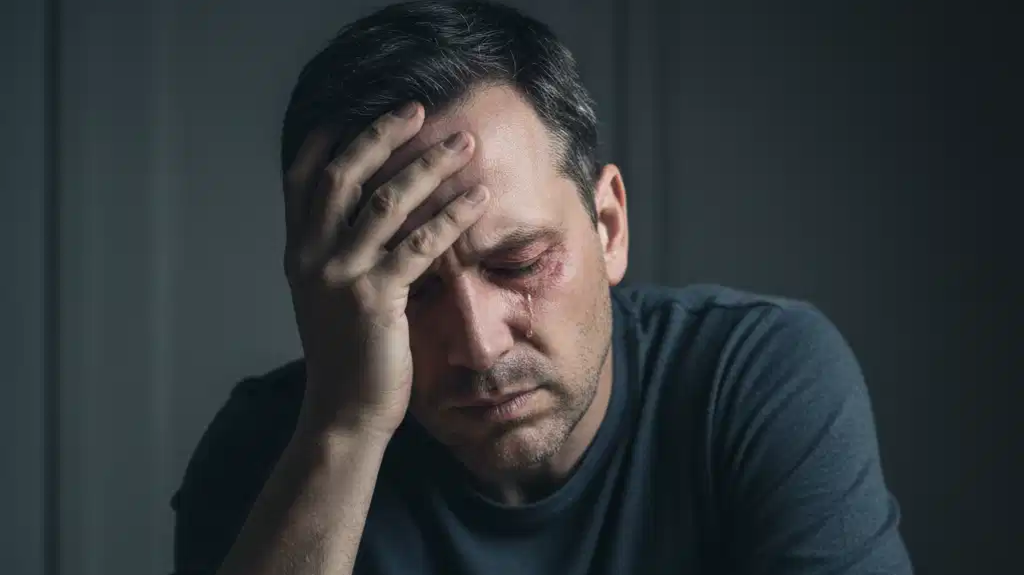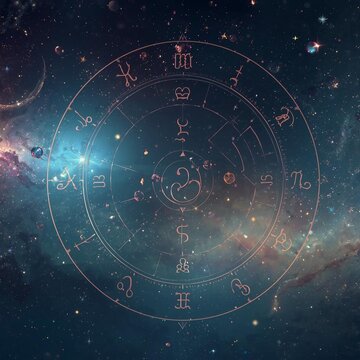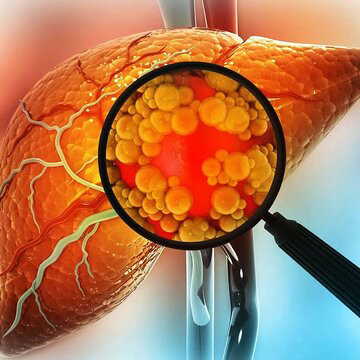Cluster headaches are often described as one of the most intense forms of head pain and they can strike multiple times a day. Doctors say these attacks can continue for weeks or months, vanish for long periods, and sometimes return without warning.
The signature symptom? A sharp, burning or piercing pain on one side of the head, usually around the eye. The attacks begin suddenly, last between 15 minutes and three hours, and are severe enough to make many people pace or stay constantly on the move.
Also Read | Whole fruit vs fruit juice: Here's what’s better for your health
Along with the pain, patients may experience a red and watery eye, a drooping eyelid, swelling, a smaller pupil, facial sweating, or a blocked or runny nose, always on the same side as the headache.
When should you worry and call a doctor?
Doctors advise getting checked if headaches keep on coming back, do not respond to regular painkillers, or cause restlessness. Medical guidance is also crucial if you've already been diagnosed and notice attacks lasting longer or becoming more frequent
Certain warning signs require urgent attention such as jaw pain while eating, blurred or double vision, scalp tenderness, or numbness or weakness in the arms or legs.
These symptoms may indicate temporal arteritis, a condition needing immediate treatment. And if for the very first time, one eyelid suddenly droops or one eye’s pupil becomes noticeably smaller, that is when you must seek emergency care.
Diagnosing cluster headaches is not an easy process because no specific test exists. GPs rely on the pattern and location of the pain and may recommend a brain scan to rule out other causes.
There’s no cure, but there are treatments that work. Standard painkillers like ibuprofen or paracetamol offer no relief. Instead, specialists prescribe fast-acting triptan injections or nasal sprays. High-flow oxygen delivered through a mask can also ease an attack. In rare, severe cases, surgery or nerve-stimulating devices may be considered.
Also Read | Is drinking water before bed good or bad? Here’s what experts say
Preventive medicines including corticosteroids, verapamil or lithium are often used to reduce how often attacks occur. Patients are also encouraged to track triggers. Smoking, alcohol, strong perfumes, paint fumes, petrol, nail varnish and even exercise can set off headaches for some people.
Cluster headaches are more common in men, especially in their 30s and 40s, and may run in families. A headache diary is often recommended to identify patterns and avoid triggers.











